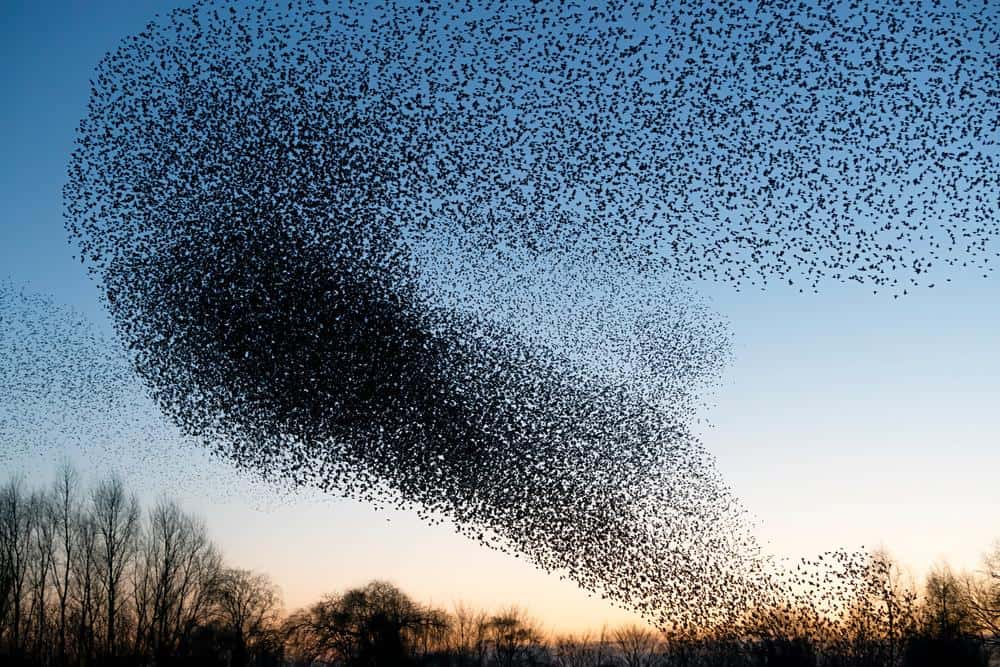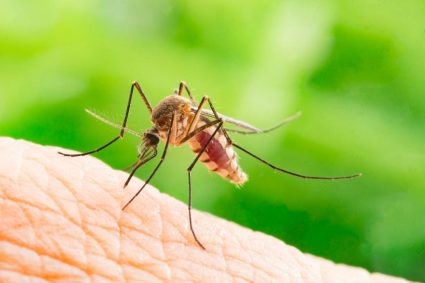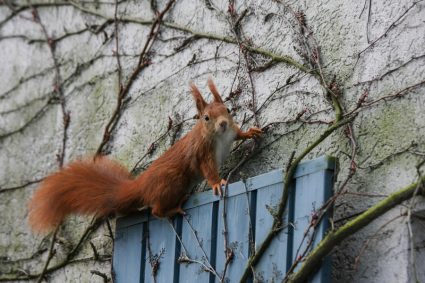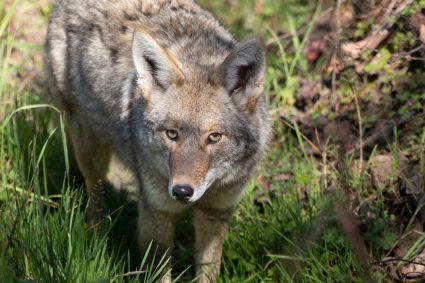
Mold in bird baths can be a pesky problem for bird lovers. Not only does it make your bird bath look unsightly, but it can also pose health risks to your feathered friends. In this comprehensive guide, you’ll learn how to prevent mold growth in bird baths and maintain a clean, healthy environment for the birds in your garden.
To keep mold out of a bird bath, ensure regular cleaning with a mild solution, such as nine parts water to one part vinegar. Change the water daily or every other day, and consider adding a wildlife-safe enzyme to the water to reduce algae growth. Bird baths should be placed in shaded areas to minimize algae growth and away from trees or bushes that may contribute to debris accumulation. For persistent mold issues, consider using a fountain or water feature to keep the water moving.
Understanding the Causes of Mold in Bird Baths
The primary culprits of mold growth in bird baths are stagnant water, dirt, bacteria, and exposure to sunlight. Algae spores can be transferred to the birdbath from nearby trees, bird feet, or even the wind. When exposed to direct sunlight, algae grow at a faster rate.
Health Implications for Birds
Routine Cleaning to Prevent Mold Growth
Routine cleaning plays a crucial role in preventing mold growth in bird baths. By removing existing algae and preventing the buildup of new algae, regular cleaning helps maintain a safe and healthy environment for birds to bathe and drink. Changing the water daily or every other day, depending on usage and weather conditions, is essential.
A mild cleaning solution, such as a mixture of water and vinegar (nine parts water to one part vinegar), can effectively remove algae and other debris from the bird bath. Scrubbing the bird bath with a stiff brush and rinsing it thoroughly with fresh water is also important. Adding a wildlife-safe enzyme to the water can help reduce algae growth.
Recommended Cleaning Products and Methods
There are several cleaning products and methods that can help maintain bird baths:
- Vinegar solution: Mix nine parts water to one part vinegar for an effective cleaning solution.
- Hydrogen peroxide: A solution of equal parts hydrogen peroxide and water can remove stubborn algae.
- Baking soda: Sprinkle baking soda over the bird bath, scrub well, and rinse thoroughly.
- Copper pennies: Adding copper pennies to the bird bath can inhibit algae growth, thanks to copper’s biostatic properties.
- Bird Bath Protector: This product uses all-natural enzymes to clean and clarify the water, preventing stains, mineral deposits, sludge, and organic contamination.
- Solar fountain: A solar fountain can help keep the bird bath clean by keeping the water moving, which helps prevent algae growth.
Water Quality and Frequency of Water Change
Bird Bath Designs Resistant to Mold
Certain bird bath designs and materials can help reduce mold growth. For instance, bird baths made from Polyboo, a frost-proof material made from plastic and natural bamboo fibers, are less prone to mold. Using a non-toxic sealant on your bird bath, such as tung oil, can help waterproof the birdbath and prevent mold growth.
Environment and Placement of Bird Bath
The surrounding environment and placement of a bird bath can play a role in mold prevention. Placing the bird bath in a shaded area can help minimize algae growth. Additionally, locating the bird bath away from trees or bushes that shed leaves, flowers, or fruits can prevent debris from accumulating in the water, which can foster mold or bacteria growth.
Tips for Persistent Mold Issues
For those struggling with persistent mold issues in their bird baths, here are some additional tips:
- Clean the bird bath regularly with a stiff brush and a solution of nine parts water to one part vinegar.
- Change the water daily to prevent the buildup of algae and other contaminants.
- Position the bird bath in a shaded area to minimize algae growth.
- Use a fountain or water feature to keep the water moving and maintain cleanliness.
- Add a teaspoon of apple cider vinegar per gallon of water to make the water slightly acidic and prevent algae growth.
- Place copper pennies in the bird bath to inhibit algae growth.
Cleaning Frequency
Bird baths should be cleaned regularly to ensure they remain safe and welcoming for birds. Clean your bird bath every two to three days, or more often if the water looks cloudy or dirty.
By following these tips, you can keep your bird bath free of mold and create a safe, welcoming environment for your feathered friends.
Frequently Asked Questions
Can I use bleach to clean my bird bath?
Although bleach is effective at killing mold and bacteria, it’s not recommended for use in bird baths because it can be harmful to birds. If you decide to use bleach, make sure to rinse the bird bath thoroughly to remove all traces of bleach before refilling it with water.
How often should I change the water in my bird bath?
Ideally, you should change the water in your bird bath daily or every other day. This frequency can vary depending on how quickly the water becomes dirty and how heavily the bird bath is used.
Is it safe to use vinegar in my bird bath?
Yes, vinegar is safe to use in bird baths. A solution of nine parts water to one part vinegar can be used to clean the bird bath and prevent mold growth.
Can I use any kind of pennies in my bird bath to prevent mold growth?
Copper pennies are recommended because copper has biostatic properties that can inhibit algae growth. However, not all pennies are made of copper, so make sure to use pennies made prior to 1982, which are 95% copper.
What kind of brush should I use to clean my bird bath?
A stiff brush is best for cleaning bird baths. It’s effective at removing algae and other debris from the surface of the bird bath.










